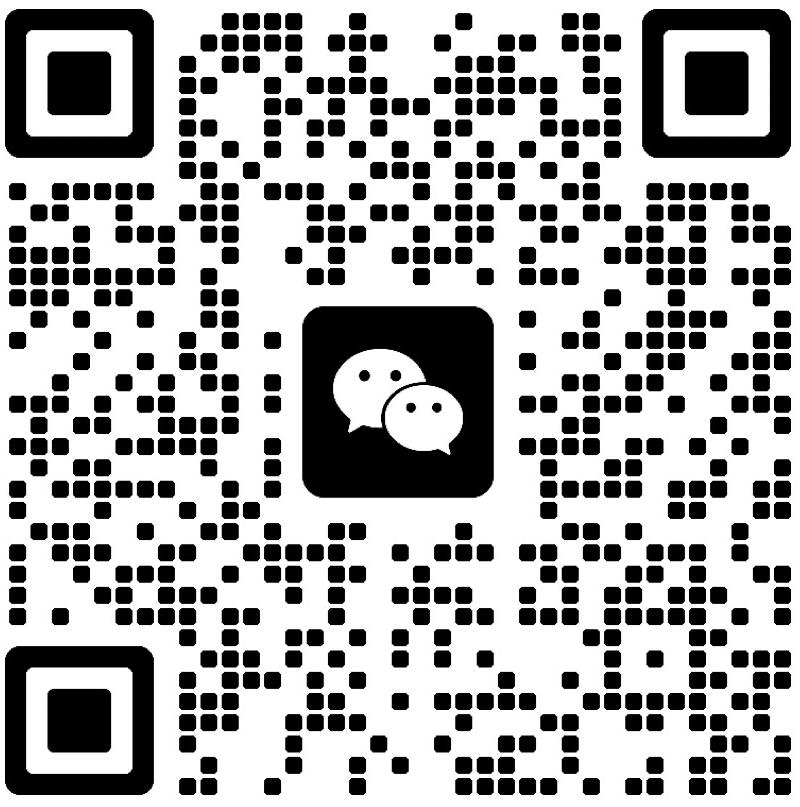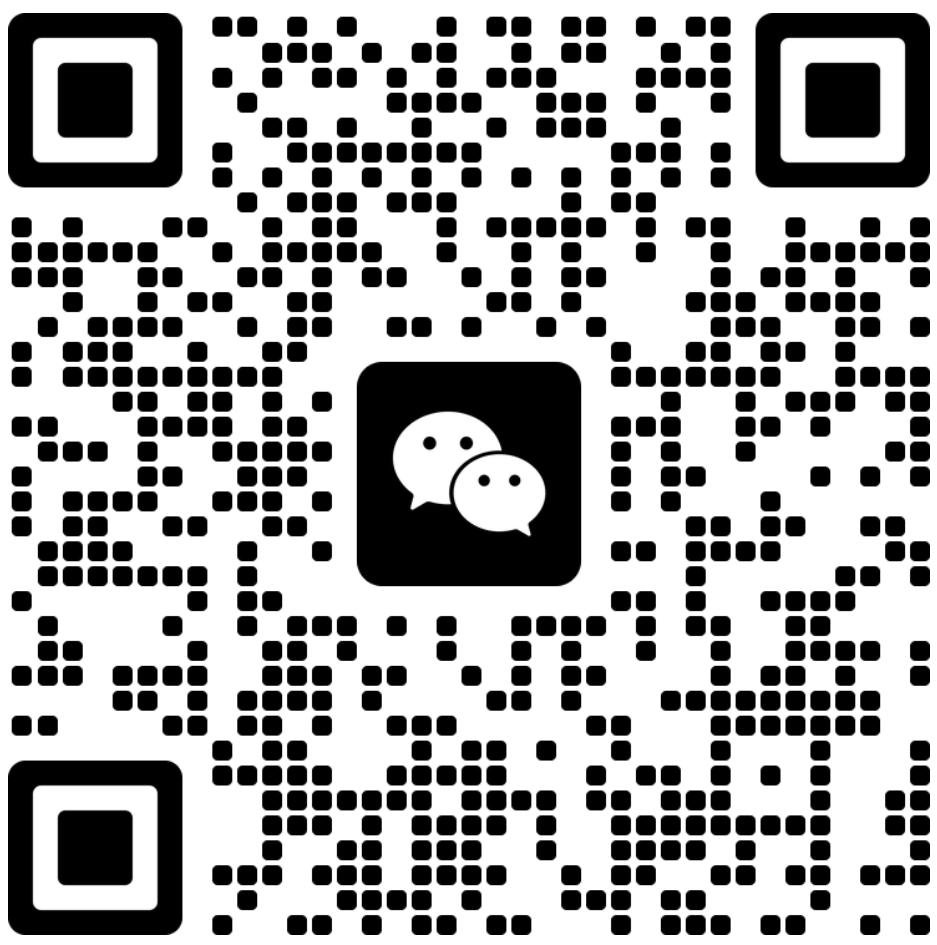1、 Tariff policy
On April 2, 2025, the United States implemented an "equivalent tariff" executive order, imposing an additional 34% tariff on Chinese goods on top of the 10% "minimum benchmark tariff", while retaining the existing 301 and 201 tariffs. Fortunately, peptide active pharmaceutical ingredients are currently on the exemption list. The exemption list released on April 9th lists Chinese drugs as "strategic security and humanitarian goods" for exemption, with the condition that they are declared for import before April 9th, used for humanitarian assistance, or belong to essential categories that are lacking in the United States.
However, on April 8th, Trump announced that he would impose "significant" tariffs on imported drugs, breaking the framework of the World Trade Organization's "Drug Trade Agreement". He also planned to investigate the pharmaceutical industry under Section 232, and the White House retained the power to re evaluate the exemption list. The exemption for peptide active pharmaceutical ingredients may be cancelled at any time, and the global pharmaceutical supply chain is full of uncertainty.
2、 Short term impact
1. Order uncertainty:
Although peptide active pharmaceutical ingredients are still exempt at present, downstream pharmaceutical companies and distributors have begun to postpone procurement decisions or evaluate other supply sources due to concerns about future policy directions, resulting in a decrease in order stability and an extension of accounts receivable collection cycles for some Chinese peptide active pharmaceutical ingredient manufacturers.
2. Capital market response:
On April 9th, the A-share API index rose by 1.03%, and some targets such as Nengte Technology and Nano Micro Technology showed significant stock price changes due to market expectation fluctuations, reflecting investors' sensitivity to tariff policy dynamics and repricing of industry profit margins
3、 Medium - to long-term pressure: cost surge and supply chain restructuring
1. Decreased cost and competitiveness:
If the exemption for peptide raw materials is cancelled in the future, an additional 34% tariff will be directly passed on to the export price end, which will significantly weaken the price advantage of Chinese companies in the US market and may cause some orders to flow to India or other suppliers with lower tariffs.
2. Rising research and development costs:
The Biopharmaceutical Association (BIO) report states that for every 10% increase in API tariffs, related research and development costs will increase by 5-8%, and some early projects may be forced to cancel as a result. For innovative projects that heavily rely on small-scale peptide synthesis and screening in the early stages, cost pressure is expected to be transmitted through the industry chain, affecting the company's long-term innovation capabilities and project reserves.
3. Supply chain restructuring and localization trends:
Faced with tariff and compliance risks, peptide API companies may accelerate "friendly shore outsourcing" by establishing production bases in Southeast Asia, India, Mexico, and other regions, while promoting vertical integration and localization cooperation with multinational pharmaceutical giants to enhance supply chain resilience and avoid trade barriers. However, this will also bring higher construction, compliance, and operational costs.
4、 Competitive advantage
Chinese peptide raw material pharmaceutical enterprises have significant advantages. 50% of key active pharmaceutical ingredients in the United States rely on imports from China. Technologically, domestic enterprises have mastered advanced synthesis methods; In terms of large-scale production, we have large production bases and advanced equipment; Effective cost control, complete industrial chain, low labor costs, and price advantage even with tax increases.
At the same time, enterprises actively explore emerging markets. Europe has a stable demand for active pharmaceutical ingredients and a high level of technical recognition for Chinese peptide products; Under the "the Belt and Road" initiative, Southeast Asia, the Middle East, Africa and other markets were opened, and the demand for generic drugs increased, driving the demand for bulk drugs.
5、 Response strategy
1. Market layout:
Enterprises actively explore emerging markets. Hanyu Pharmaceutical plans to expand into the European and Southeast Asian markets and reduce its dependence on the United States. We can also segment our customer base and develop high-purity products for the high-end market, providing customized services for emerging biopharmaceutical research and development enterprises.
2. Technological innovation:
Increase research and development investment, build the fourth generation peptide workshop of Nuotai Biotechnology to increase production capacity, maintain a high gross profit margin of 70.33% to offset potential tariff costs. Enterprises should continuously optimize their synthesis processes, develop new peptide drugs, and enhance their differentiated competitiveness.
Industrial chain cooperation:
Strengthen cooperation with multinational pharmaceutical companies, share risks through BD, joint development, or commissioned production, relying on their compliance network and market channels. Some companies have signed long-term cooperation agreements to ensure stable orders and enhance international visibility.
3. Production layout:
Powerful enterprises can establish production and quality control centers overseas to meet customer needs, avoid tariff barriers, and improve customer stickiness and market response speed through localized registration, certification, and services.
Overall, although the changes in US tariff policies have brought challenges, they have also promoted the transformation and upgrading of Chinese peptide raw material pharmaceutical companies. Enterprises need to closely monitor policy developments, leverage their advantages, actively respond, and achieve sustainable development.


